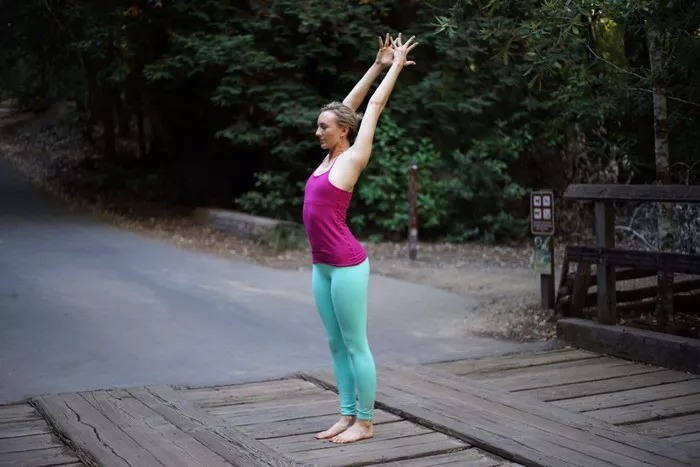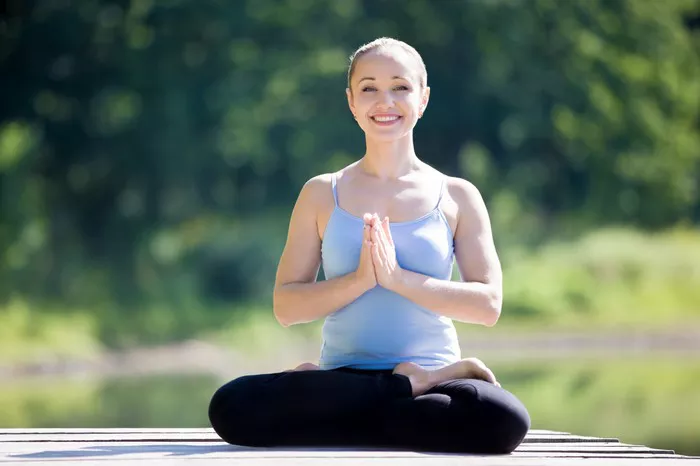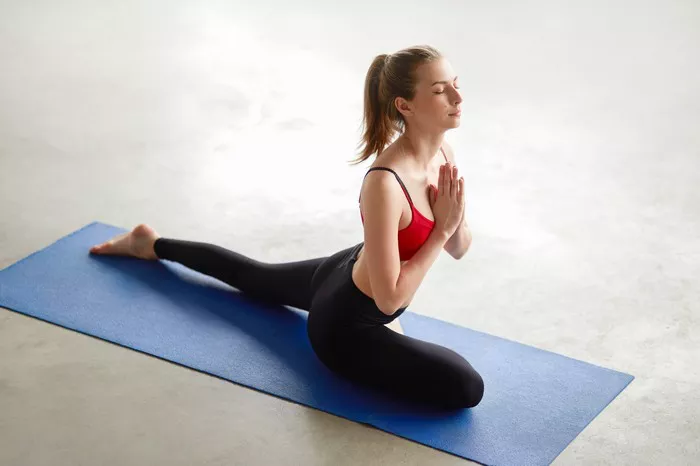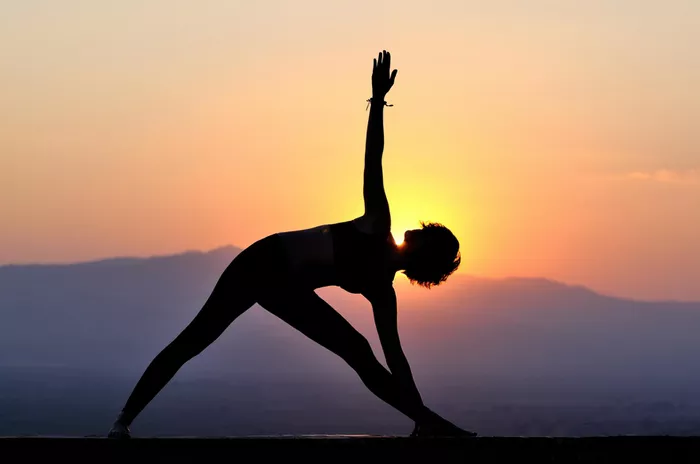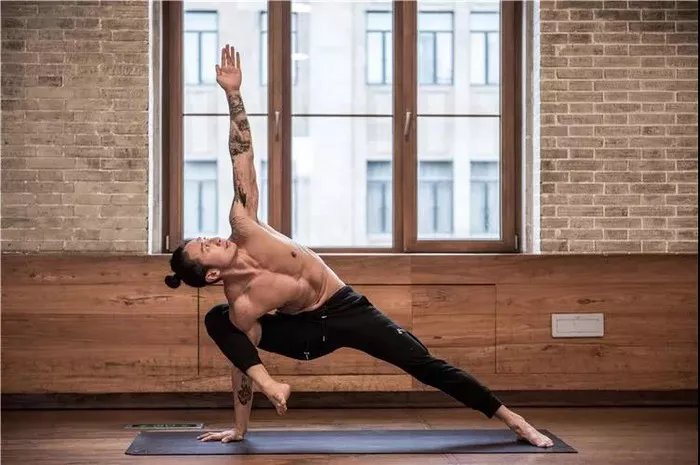In the world of yoga, there are numerous styles, each offering unique benefits for both the mind and body. Among them, Iyengar Yoga stands out for its emphasis on precision, alignment, and use of props. Developed by the renowned yoga teacher B.K.S. Iyengar, this style of yoga has gained worldwide popularity for its therapeutic effects and its ability to improve strength, flexibility, and overall health. One common question many people ask when considering Iyengar yoga is whether it can help build muscle. The answer is yes, but the process is a bit different from traditional strength-building exercises such as weightlifting or bodyweight workouts. In this article, we will explore how Iyengar yoga builds muscle, the types of muscle it targets, and how you can integrate it into your fitness routine for optimal results.
Understanding Iyengar Yoga
Before diving into how Iyengar yoga builds muscle, it’s essential to understand what this practice entails. Iyengar Yoga is a style of Hatha Yoga that was created by B.K.S. Iyengar in the 20th century. Unlike some other yoga styles, which focus primarily on flow and movement, Iyengar yoga is deeply rooted in precision and alignment. The primary focus is on performing each asana (pose) with careful attention to the details of alignment, breath, and timing. Iyengar yoga practitioners often use props such as blocks, straps, blankets, and bolsters to help achieve proper alignment and make poses more accessible to people of all levels and abilities.
The hallmark of Iyengar yoga is its slower pace. Poses are typically held for longer periods, often ranging from 30 seconds to a few minutes. This extended time in each pose allows for deeper engagement of the muscles and promotes awareness of the body’s mechanics. The meticulous nature of Iyengar yoga means that it encourages both strength and flexibility, while also promoting balance, endurance, and mental focus.
How Does Iyengar Yoga Build Muscle?
Building muscle generally involves creating a stimulus in the body that encourages the growth of muscle fibers. This process is typically achieved by applying resistance through weightlifting, bodyweight exercises, or other forms of physical exertion. While Iyengar yoga may not involve the same kind of resistance training found in bodybuilding, it still offers a powerful method for building and toning muscle. Here’s how:
1. Long Holds in Asanas
In Iyengar yoga, poses are often held for an extended period, which is a key factor in building muscle. Holding a pose for 30 seconds to several minutes forces the muscles to engage and maintain contraction over an extended period. This prolonged activation creates what’s known as “time under tension” (TUT), which is essential for stimulating muscle growth. The longer the muscle is under tension, the more it is challenged, leading to increased strength and toning.
For example, a pose like Downward-Facing Dog (Adho Mukha Svanasana) requires the muscles in the arms, shoulders, back, and legs to remain engaged for a longer time. Over time, this leads to increased muscle endurance, strength, and hypertrophy (muscle growth) in the areas that are being worked.
2. Isometric Contractions
In many Iyengar poses, there is a focus on isometric contractions, which involve holding a muscle in a fixed position without changing its length. This is similar to static strength training exercises. For instance, in Warrior II (Virabhadrasana II), the legs, arms, and core must work continuously to maintain alignment and stability. These isometric holds help to build strength in both the primary muscles and the stabilizing muscles.
Because Iyengar yoga requires precise alignment, practitioners often activate deeper stabilizing muscles that are not typically engaged in dynamic movement or fast-paced yoga styles. These smaller, stabilizing muscles play an important role in overall muscle development and injury prevention. Engaging these muscles regularly can result in a more balanced and well-rounded strength, making the body more resilient.
3. Weight-Bearing and Resistance
While Iyengar yoga does not typically use traditional weights or resistance machines, it does rely on body weight and gravity as forms of resistance. Many poses involve the practitioner’s own body weight, such as standing poses (e.g., Warrior poses) and inversions (e.g., Shoulder Stand or Headstand). When holding these poses, the body must support its own weight, providing a form of resistance training. This resistance can be particularly effective for building strength in the upper body, core, and lower body.
For example, poses such as Plank (Phalakasana) and Chaturanga Dandasana require significant engagement of the shoulders, arms, and core to maintain stability. These poses may not provide the same kind of muscle building as lifting weights, but they still engage the muscles and promote muscular endurance and toning.
4. Use of Props
One of the defining features of Iyengar yoga is the use of props, such as blocks, straps, and blankets. Props can help facilitate proper alignment, assist in deepening stretches, and make poses more accessible. However, they also play a role in building muscle. For example, using a block between the thighs in Chair Pose (Utkatasana) can engage the inner thighs and glutes more intensely. Similarly, using straps to deepen a forward fold or assist with shoulder opening can lead to greater activation of the muscles in the back and legs.
Props also allow practitioners to explore variations of poses, which can target different muscle groups. For instance, practicing a modified version of a Warrior pose using a block under the front foot may provide a different kind of challenge for the legs, hips, and core. This variation increases the muscle engagement necessary for building strength.
Which Muscles Does Iyengar Yoga Target?
While Iyengar yoga engages the entire body, certain muscle groups may be targeted more prominently depending on the poses and their variations. Here’s a breakdown of some of the key muscles worked in Iyengar yoga:
1. Core Muscles
The core plays an essential role in many Iyengar poses, particularly those involving balance, stability, and inversion. From standing poses like Warrior II to balancing poses like Tree Pose (Vrksasana) and inversions like Shoulder Stand (Sarvangasana), the core muscles are constantly engaged to maintain stability and alignment. The deep focus on alignment in Iyengar yoga encourages activation of the transverse abdominis, obliques, and rectus abdominis, contributing to muscle tone and strength in the abdominal and lower back areas.
2. Leg Muscles
Standing poses such as Warrior I (Virabhadrasana I), Warrior II (Virabhadrasana II), and Extended Side Angle (Utthita Parsvakonasana) engage the quadriceps, hamstrings, glutes, and calves. Holding these poses requires the lower body muscles to remain engaged for extended periods, promoting strength and endurance. Additionally, leg balancing poses like Tree Pose (Vrksasana) activate the stabilizing muscles in the legs, particularly the inner thighs and ankle stabilizers.
3. Upper Body Muscles
While Iyengar yoga is often associated with flexibility, it also works the upper body extensively. Poses like Downward-Facing Dog (Adho Mukha Svanasana), Plank Pose (Phalakasana), and Chaturanga Dandasana challenge the shoulders, arms, and chest. The continuous engagement of these muscles, especially during long holds, contributes to increased muscle endurance and tone in the upper body.
4. Back Muscles
The back muscles, including the latissimus dorsi, trapezius, and erector spinae, are consistently activated in Iyengar yoga. Poses like Triangle Pose (Trikonasana), Reverse Warrior (Viparita Virabhadrasana), and various backbends (such as Cobra Pose or Ustrasana) require the back muscles to support and stabilize the body. By holding these poses for extended periods, the muscles of the back become stronger and more flexible.
Is Iyengar Yoga Enough for Muscle Building?
While Iyengar yoga can certainly help build muscle and improve muscle tone, it may not be enough on its own if your goal is significant hypertrophy or to increase muscle mass to the same extent as traditional weightlifting. The strength-building benefits of Iyengar yoga come more from increasing muscle endurance, stability, and functional strength rather than increasing muscle size rapidly.
For those seeking more substantial muscle growth, it may be beneficial to supplement Iyengar yoga with resistance training, bodyweight exercises, or other forms of strength training. However, for individuals looking to develop balanced strength, increase endurance, improve joint health, and enhance flexibility, Iyengar yoga is an excellent complement to any fitness routine.
Conclusion
In conclusion, Iyengar yoga is a highly effective practice for building muscle, but it does so in a different way than traditional forms of strength training. By focusing on alignment, holding poses for longer durations, and engaging stabilizing muscles, Iyengar yoga enhances muscle tone, endurance, and strength, particularly in the core, legs, and upper body. While it may not provide the same kind of rapid muscle growth as weightlifting, it offers a comprehensive approach to building a strong, balanced body.
Whether you’re a beginner or an experienced practitioner, incorporating Iyengar yoga into your routine can improve not only your muscle strength but also your overall health and well-being. And while it may not replace the need for other forms of strength training if muscle mass is your primary goal, it is a fantastic practice for long-term health, injury prevention, and functional strength. So, does Iyengar yoga build muscle? Absolutely. And it does so by challenging your body in ways that support both strength and flexibility, making it a great addition to any fitness regimen.
Related Topics:

